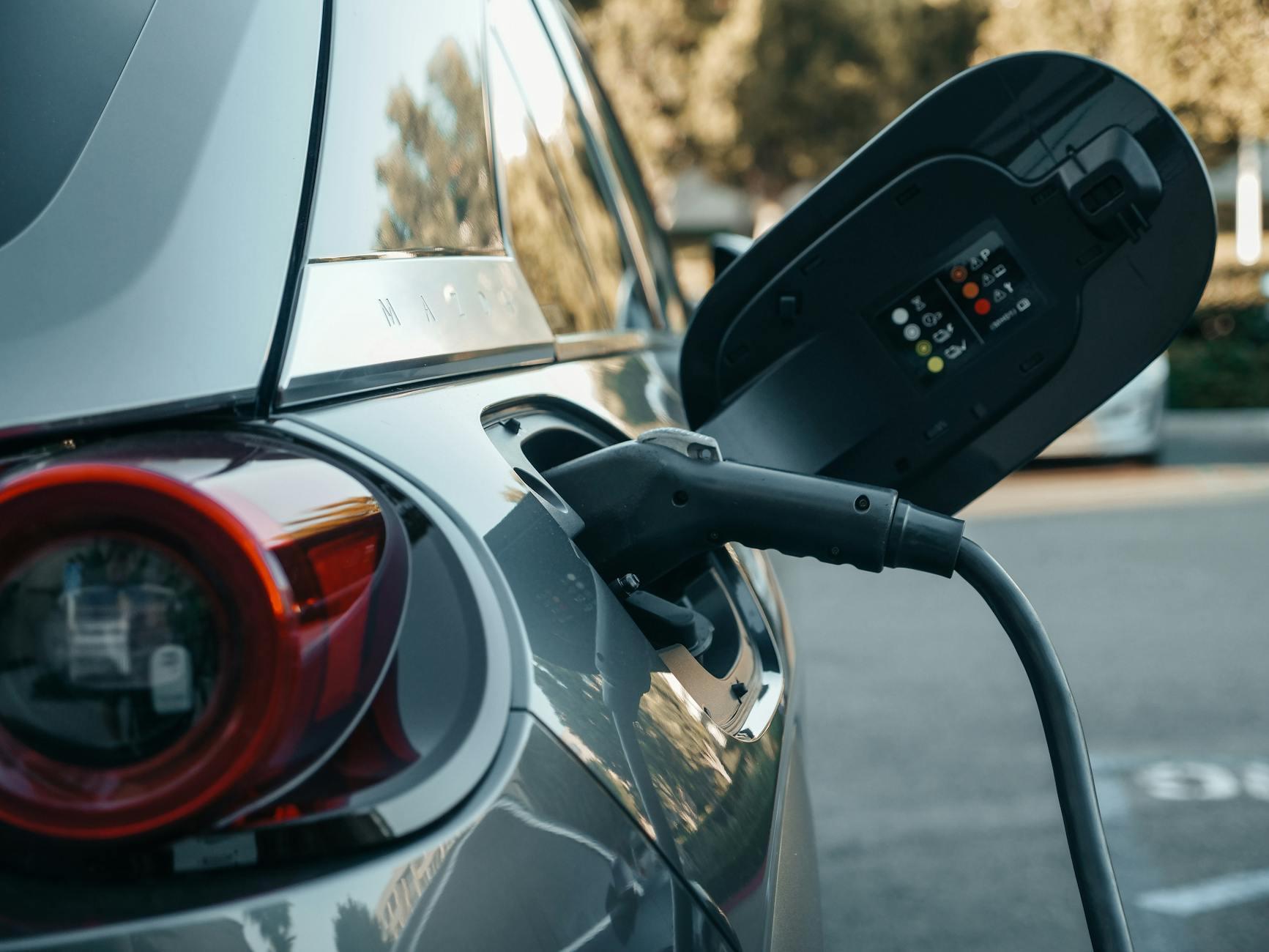Climate change is one of the biggest challenges humanity has ever faced. If we want to protect our planet for future generations, cutting greenhouse gas emissions is no longer optional—it’s essential. This is where the term "net zero" comes into play. But what does net zero mean, and how can we get there?
What Does Net Zero Mean?
In the simplest terms, net zero refers to the balance between the greenhouse gases we emit and those that we remove from the atmosphere. The goal is to stop adding to the problem while also cleaning up the mess we’ve already made.
Defining Net Zero
Net zero means achieving an overall balance where the amount of emissions produced equals the amount removed. Unlike reducing emissions alone, reaching net zero involves offsetting unavoidable emissions through technologies or natural processes like tree planting. For more details, check out this explanation of net zero emissions.
The Role of Greenhouse Gases
Greenhouse gases like carbon dioxide (CO2), methane, and nitrous oxide trap heat in our atmosphere. These gases mainly come from burning fossil fuels, agriculture, and industrial activities. Cutting emissions requires reducing these sources and enhancing natural or artificial removal methods, such as forests or carbon capture systems.
Net Zero vs Carbon Neutrality
People often confuse net zero and carbon neutrality. While carbon neutrality focuses on balancing CO2 emissions, net zero encompasses all greenhouse gases. It's a broader and more ambitious goal aimed at mitigating global warming entirely. For instance, this article about net zero's meaning provides helpful insights.
Why Is Achieving Net Zero Important?
Reaching net zero isn’t just a lofty goal; it’s a necessary step for human survival. From stabilizing the climate to protecting economies and public health, the benefits of net zero stretch far and wide.
The Link to Climate Change
We’ve all felt the impact of extreme weather—rising global temperatures, wildfires, and storms. These events are directly tied to high emissions. Transitioning to net zero slows these changes, offering a chance to stabilize the planet. Learn more about the connection between emissions and climate change here.
Economic and Health Benefits
Shifting to net zero also presents economic opportunities. Cleaner energy sources like wind and solar can drive job creation while reducing health risks from polluted air and water. Cleaner air alone can save lives impacted by respiratory diseases.
Global Commitments and Agreements
International agreements like the Paris Agreement set clear frameworks for reducing emissions. Countries worldwide have pledged to hit net zero within varying timelines. These commitments remind us that collective effort is key to combating global warming. For more information, visit this resource discussing net zero's importance globally.
Pathways to Achieve Net Zero
Transforming our economies and lifestyles over a decade or two is no easy task. It requires coordinated actions among governments, industries, and everyday people.
Shifting to Renewable Energy
Switching from fossil fuels to renewable energy sources like wind, solar, and hydropower is critical. Clean energy systems prevent emissions at their source and represent the backbone of a net-zero framework.
 Photo by Kindel Media
Photo by Kindel Media
Improving Energy Efficiency
Energy efficiency reduces waste, ensuring that appliances, buildings, and vehicles use the least amount of power. Upgrading infrastructure and home insulation goes a long way in making this vision a reality.
Carbon Capture and Storage
Not all emissions can be eliminated. Technologies like carbon capture and storage help trap CO2 before it enters the atmosphere. Think of these methods as modern-day sponges for greenhouse gases.
Behavioral and Lifestyle Changes
Greener habits can also make a big difference. Driving less, recycling more, and cutting back on energy-intensive products are simple actions anyone can take to minimize their carbon footprint.
Challenges in Achieving Net Zero
Even with clear benefits, getting to net zero is far from easy. Roadblocks exist across financial, technological, and political spheres.
Financial and Technological Hurdles
Renewable technologies can be costly upfront, and not all countries have access to these resources. Funding gaps inhibit progress for developing nations, widening the divide between the haves and the have-nots.
Policy and Political Obstacles
Progress depends heavily on governments. Policies must incentivize clean energy and penalize polluters. However, political will—or the lack of it—varies by nation, which can stall forward movement.
Balancing Economic Growth and Sustainability
Some argue that achieving net zero could hinder growth. The key is finding ways to transition sustainably without wiping out industries. Investing in green innovations might just be the compromise the world needs.
Conclusion
Reaching net zero isn’t just an aspiration—it’s essential if we want to curb climate change and secure a livable future. By transitioning to clean energy, cutting emissions, and changing the way we live, we can protect the planet for generations to come. The journey may be challenging, but every effort counts. Whether you're a policymaker, business owner, or individual, your actions make a difference. After all, the future of Earth depends on what we do today.
